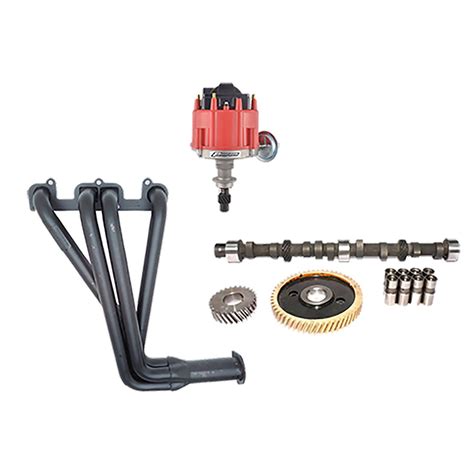
2.5 Iron Duke Engine: A Legacy of Performance and Efficiency
The 2.5 Iron Duke engine is a legendary powertrain that has left an indelible mark on the automotive industry. Developed by General Motors (GM) in the late 1970s, this inline-four engine was designed to deliver a combination of performance, fuel efficiency, and reliability. Over the years, the 2.5 Iron Duke has powered countless vehicles, ranging from compact cars to mid-size sedans and even trucks.
Origins and Design: The Birth of an Icon
The 2.5 Iron Duke engine was conceived during a time of transition in the automotive industry. The 1970s marked the advent of stricter fuel economy regulations and rising fuel prices, necessitating the development of more efficient powertrains. GM responded to these challenges by embarking on a project to create a compact, lightweight, and fuel-efficient engine that could meet the evolving demands of the market.
The 2.5 Iron Duke engine was born out of this initiative. Designed with simplicity and durability in mind, the engine featured a cast-iron block and cylinder head, a single overhead camshaft (SOHC) design, and two valves per cylinder. These attributes contributed to its robust construction and longevity, making it a mainstay in GM's lineup for decades.
Performance and Efficiency: Balancing Power and Economy
Despite its compact size, the 2.5 Iron Duke engine delivered commendable performance. With a displacement of 2.5 liters, it produced a respectable 90 horsepower and 130 lb-ft of torque. While these figures may seem modest by today's standards, they were quite impressive for a four-cylinder engine in the 1970s and early 1980s.
The 2.5 Iron Duke engine's fuel efficiency was its defining characteristic. Its combination of modest displacement, efficient valvetrain design, and lightweight construction resulted in impressive fuel economy figures for the time. This made it a popular choice for compact cars and economy vehicles, where fuel efficiency was paramount.
Applications and Legacy: A Versatile Powerhouse
The 2.5 Iron Duke engine found its way into a wide range of GM vehicles throughout its production run. It powered compact cars like the Chevrolet Chevette, Pontiac Firenza, and Buick Skyhawk, as well as mid-size sedans such as the Chevrolet Celebrity and Pontiac 6000. It even made its way into trucks, including the Chevrolet S-10 and GMC S-15.
The 2.5 Iron Duke engine's versatility and adaptability contributed to its enduring legacy. It was a reliable workhorse that could be tuned for various applications, from everyday commuting to light-duty hauling. Its simplicity and ease of maintenance further solidified its reputation among mechanics and enthusiasts alike.
Technological Advancements and the End of an Era
As technology progressed and fuel efficiency standards continued to rise, the 2.5 Iron Duke engine eventually reached the end of its lifespan. By the mid-1990s, GM had begun to phase out the engine in favor of more modern and fuel-efficient powertrains, such as the Quad 4 and Ecotec engines. The 2.5 Iron Duke's final curtain call came in 1995, marking the end of an era for this iconic engine.
Conclusion: A Lasting Impact on Automotive History
The 2.5 Iron Duke engine may no longer be in production, but its impact on the automotive industry is undeniable. Its combination of performance, fuel efficiency, and durability made it a benchmark for compact and mid-size vehicles for over two decades. The 2.5 Iron Duke engine paved the way for the development of more efficient and powerful four-cylinder engines, leaving a lasting legacy in the annals of automotive history.